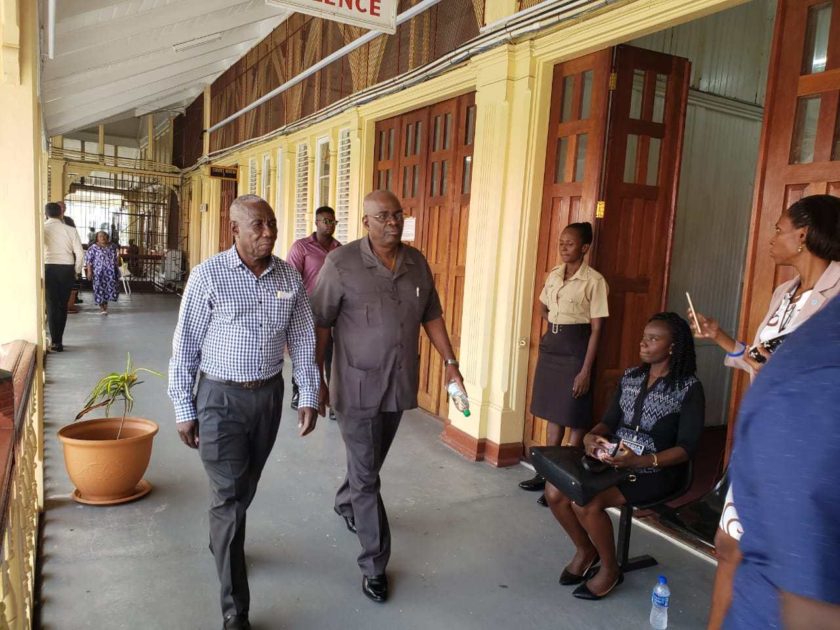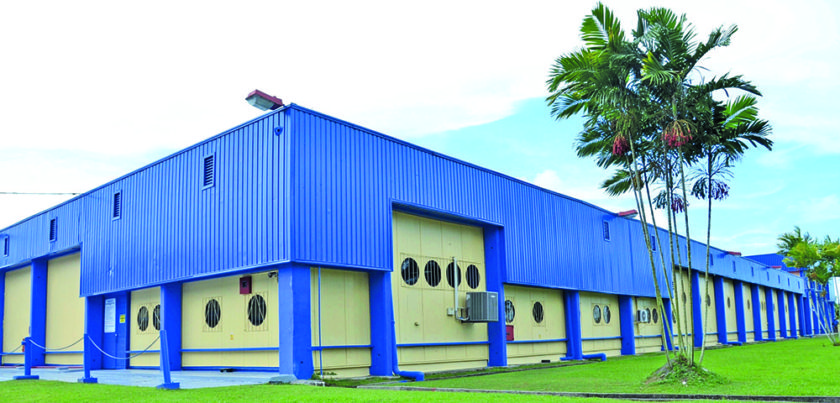…Guyana govt says final decision will be a political one

The Guyana government has signaled its intention to consider the social benefits of the construction of a US$5 billion refinery or a smaller facility, and plans to continue engaging stakeholders in Guyana and the diaspora before a final decision is made.
Minister of Natural Resources, on Wednesday evening said Cabinet would have to study the findings and recommendations contained in the feasibility study conducted by Director of Advisory Services at the New York-based Hartree Partners, Pedro Haas.
The minister noted that there are refineries in other parts of the world which may not be turning an economic profit but they provide other benefits; such as jobs. However, Trotman said that a political decision would have to be made about whether a refinery should be built in Guyana.
During Haas’ presentation that focused on the financial and economic viability of setting up a facility in Guyana, he pointed to the fact that an oil refinery in Guyana will be a risky undertaking with extremely thin profit margins.
He said the cost to build a refinery that would produce 100,000 barrels of oil per day was US$5 billion, with a construction period of 50 to 60 months at the very least.
This cost not only caters for the off-site location and other facilities, but takes into account the cost for energy, hydrogen supply, water and docking, which adds to the total cost of the project.
“While many places in the world build refineries that produce around 200,000 barrels per day; the 200,000 barrels a day refinery is way above the 13-14,000 barrels per day that Guyana requires and it’s a massive investment,” he told the audience on Wednesday.
The company looked at economic models used in other oil-producing countries and compared them with the scale and complexity of Guyana’s potential oil market to come up with the recommendations. Expert opinions from oil and engineering companies were also taken on board.
However, even with a smaller oil refinery, Haas said there was a high possibility of Guyana getting a negative rate of return on investment of between US$2 billion and US$3 billion. “That’s a very significant number, because the total investment is US$5 billion; that means you are destroying half the value of your investment,” he added.
Against this backdrop, Haas argued that if Guyana decided to build its own refinery, it would have to compete with refineries operated in the Atlantic basin and some in the United States.
“Some of them are fully depreciated and they are operated at a very low cost. So, you have to compete against a depreciated refinery with a new facility and you have to compete with an even more efficient set of refineries,” he explained.
The consultant pointed to the closure of several oil refineries in countries like St Croix, Aruba and Curaçao, which he said tells you that the investments were not feasible. He also used Brazil as an example of a country where building oil refineries has not been a profitable undertaking.
While he said Government should not object to private investors taking the risks, he noted that the finances were negative, as the investor would most likely never be paid back.
In responding to a question from the audience, Haas argued that establishing an oil refinery in Guyana would not guard against price shocks in the oil market, explaining that oil prices were controlled by international factors beyond Guyana’s control.
Trotman said consultations would continue in various other parts of Guyana and in the Diaspora before a final decision was made as to whether Guyana should build its own oil refinery.



